What Do Reparations Look Like?
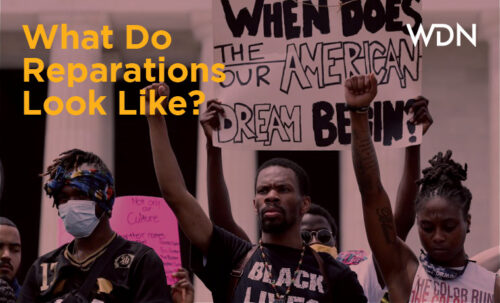
The foundation for racial repair has been laid over generations. We still hear Fannie Lou Hamer’s voice echo across decades of organizing, guiding us on the path towards liberation: “Nobody’s free until everybody’s free.” The movement for reparations is for all of us; the road to reparations will take all of us.
WDN’s Jean Hardisty Initiative co-hosted What Do Reparations Look Like? a two-part series featuring reparations field-builder Liberation Ventures and local and national organizations fighting for racial repair.
Throughout the series, movement leaders shared how the multi-faceted fight for reparations is both local and national – and how they are working in communities to implement place-based policy and build the momentum we need to win at the federal level.
What would achieving reparations on a national scale look like? Conversations about reparations sometimes focus on the condition of compensation, alone. However, there are four other conditions that are just as vital to achieving racial repair for Black Americans: guarantee of non-repeat, restitution, satisfaction, and rehabilitation. Meeting these conditions requires transformational systemic change, beginning at the community level.
“Reparations are an equal equation for undoing the harm that’s happened… It’s not a gift. It’s not a reward. It is the requisite counterbalance to what has happened so far and what we’ve failed to do.” – Nicole Carty, Founder of Project Truth, Reconciliation, and Reparations
Movement is advancing reparations through organizing, education, and policy initiatives that center Black brilliance and shift narratives. The speakers who joined us for What Do Reparations Look Like? are on the frontlines of reparations work and invite you to join them. Learn about their missions, support their work, and take action with the resources below – and to listen to the full discussions that took place during the series, watch the recording of Session 1: National Aspirations – Why federal reparations are the north star and Session 2: Local Implementation – How organizers are building power in communities.
National Reparations Movements

Nicole Carty, Founder, Project Truth, Reconciliation, and Reparations
Project Truth, Reconciliation, and Reparations (PTRR) is building a grassroots, multi-racial and Black-led movement to make reparations a national public and political priority.
- Read about PTRR’s mission here.
- PTRR currently has a $300k budget gap. Help them fulfill their goal by contributing.
- Sign up for their newsletter.
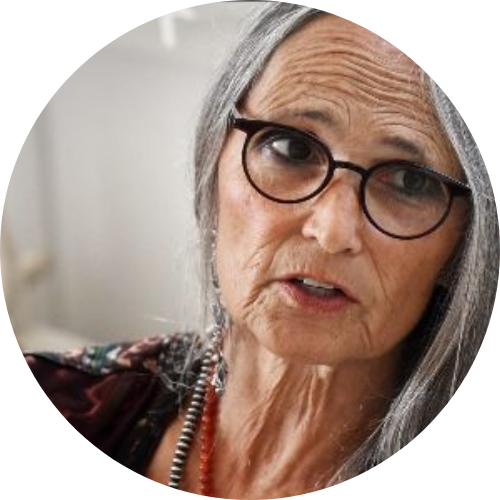
Melinda Salazar, Co-Director, The Truth Telling Project
The Truth Telling Project (TTP) uses education, activism, policy, and reparations to help people understand the roots of structural racism and the moral debt owed to Black Americans.
- Read about TTP’s current needs and programming.
- Register for Building a Culture of Reparations, an online intensive cohort beginning June 16th.
- Sign the petition to rename Calhoun Square.
- Contribute to Rapid Repair Fund.
- Follow them on Facebook, Twitter, YouTube, Instagram, and LinkedIn, and join their mailing list.
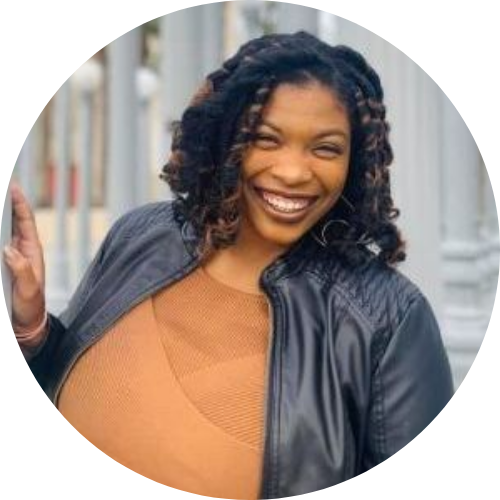
Venneikia Williams, Campaign Manager, Media 2070
Media 2070 is the only media-reparations project in the US. It consists of a growing consortium of media-makers and activists who use media as a lever for racial justice and shift narratives around reparations.
- Read the Media 2070 essay detailing the history of US media participation in anti-Black racism and harm.
- Explore Media 2070’s vision, programs, and fundraising goals with Media 2070: Dreaming Up Media Reparations.
- Follow Media 2070 on Instagram and Twitter, and sign up for updates on their website.
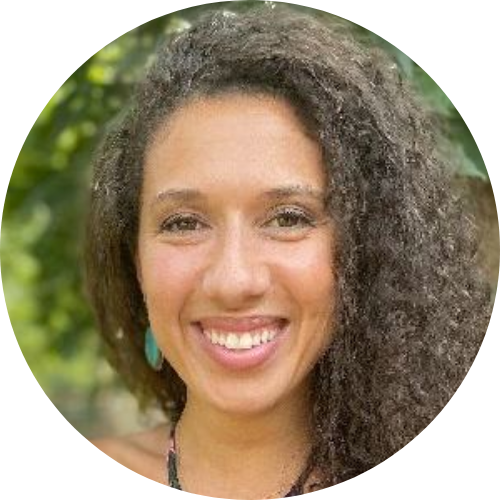
Aria Florant, Co-Founder, Liberation Ventures
Liberation Ventures (LV) is the first and only philanthropic organization fueling the Black-led movement for racial repair in the US. They support a nationwide ecosystem of organizations working towards reparations and healing the societal trauma of slavery and its legacy.
- Read LV’s concept document.
- See their brief two-pager.
- Contribute to their work here.
Local Reparations Movements

Joyce Hobson Johnson, Co-Director, Beloved Community Center & North Carolina Truth, Justice, and Reconciliation Commission
Based in Greensboro, NC, Beloved Community Center (BCC) is a community-based, grassroots organization rooted in racial and economic justice. They use community building, organizing, coalition building, and advocacy to work towards a future that includes reparations.
- Read the 2021 End of Year Review.
- Volunteer with Beloved Community Center.
- Follow them on Facebook, Twitter, YouTube, and Instagram.
- Contribute to their work.
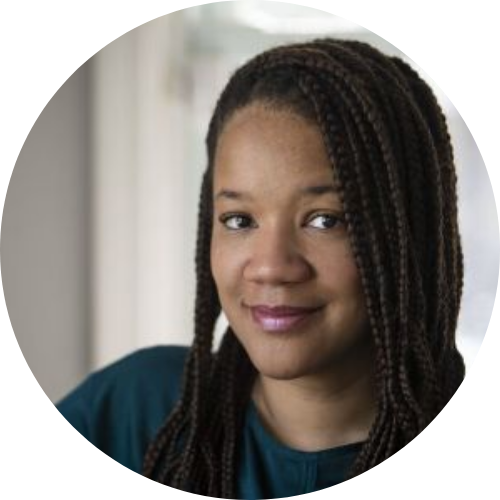
Robin Rue Simmons, Founder and Executive Director, FirstRepair
FirstRepair provides workshops, convenings, research, and local policy design to educate and equip leaders nationwide with the tools necessary to advance local reparations.
- Read FirstRepair’s 2021 Annual Report.
- Sign up for their newsletter.
- View articles and videos curated by FirstRepair.
- Follow FirstRepair on Facebook, Twitter, and Instagram.
- Contact Sheenita Robinson to contribute to FirstRepair.
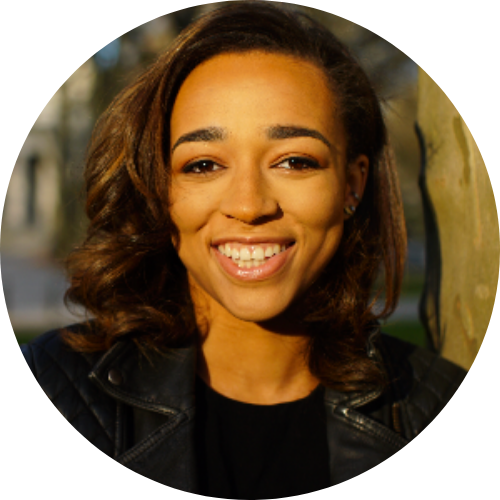
Sydni Alexis Scott, Founder and Director, The Amendment Project
The Amendment Project mobilizes college-aged students to advocate for local reparations across the US, including centering reparations discourse in their communities, and providing them with the knowledge and tools to introduce reparations policies at the federal level.
- Read The Amendment Project’s guide to reparations.
- Sign up for weekly updates.
- Follow The Amendment Project on Twitter and Instagram.
- Contact Sydni to donate.
Thank you to our co-hosts for this series, Groundswell Fund and Fund for Nonviolence!


